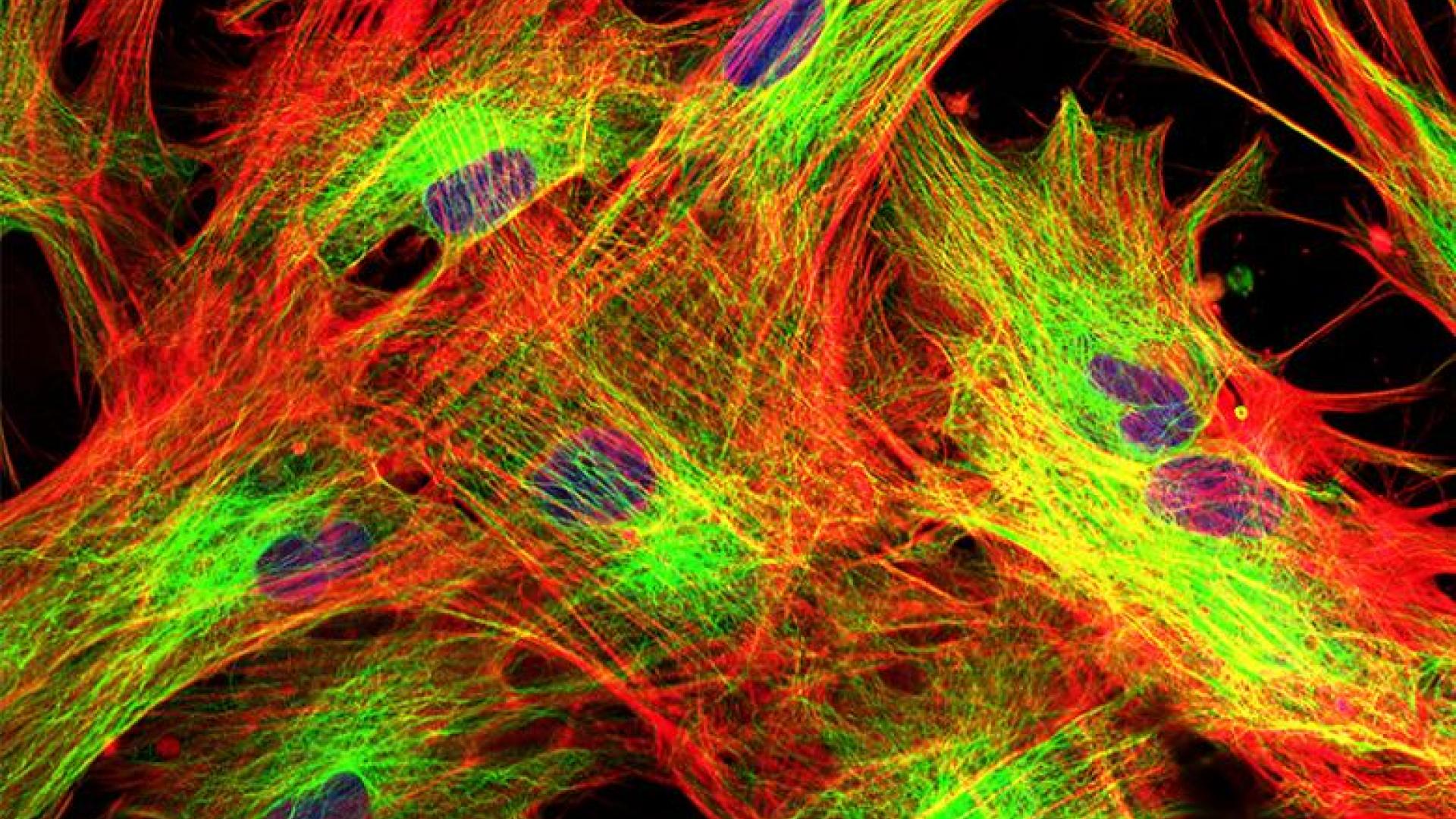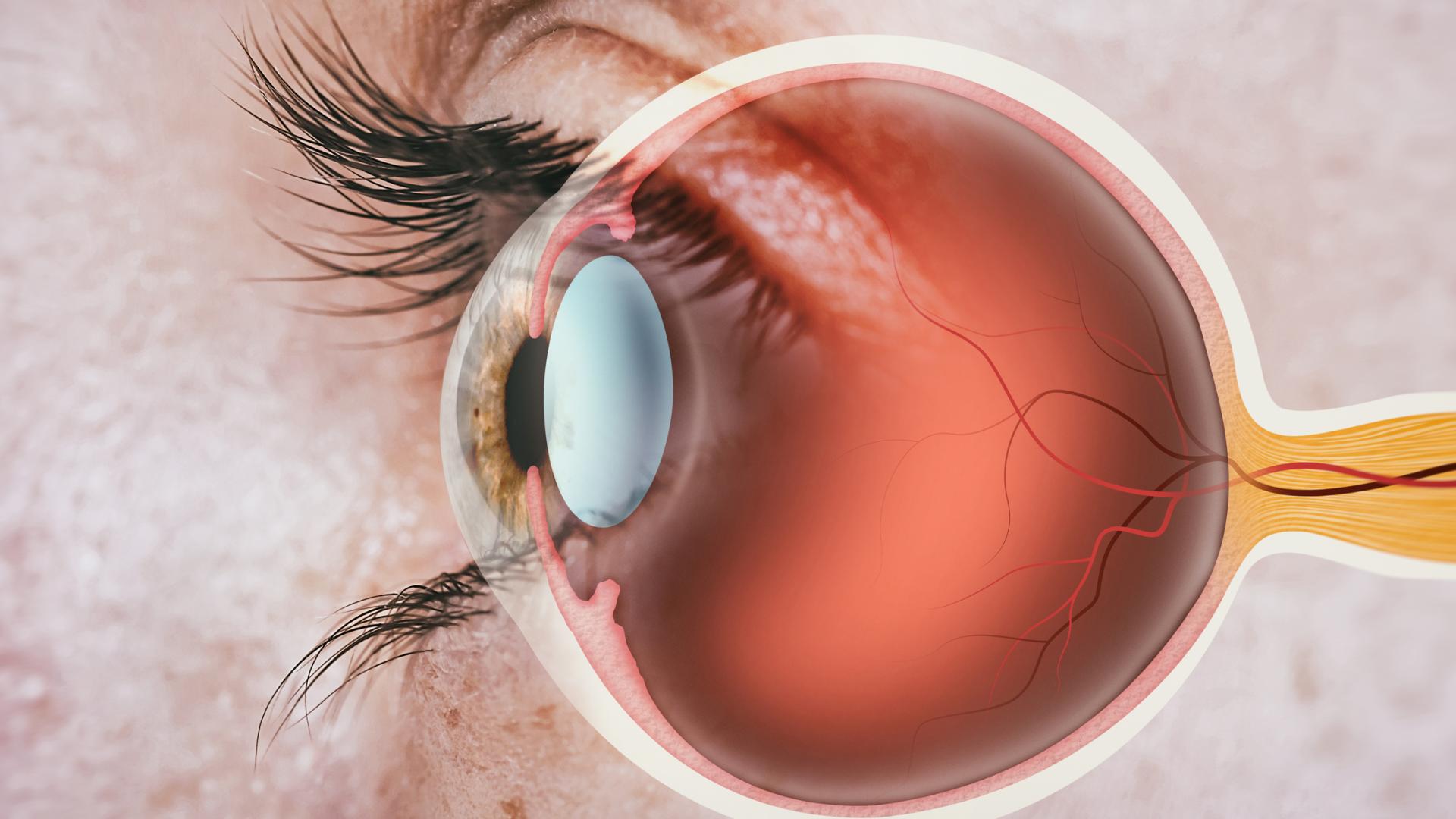
Learn the facts concerning five common glaucoma myths.
MYTH: Glaucoma only affects the elderly.
FACT: Glaucoma can affect people of all ages. The risk of glaucoma increases as we get older and the majority of a specific type of glaucoma called open-angle glaucoma is age-related; however, glaucoma can affect people of all ages, even newborns. For example, some babies have congenital glaucoma, while other children have other eye diseases that lead to secondary glaucoma. The same is true for adults—one can have an eye condition, for example uveitis, which results in a secondary glaucoma. There are also other types of glaucoma that often manifest in patients between ages 20 and 50, such as pigmentary glaucoma. That said, for the majority of open-angle glaucoma cases in the United States, the prevalence increases in older age groups. No age range is immune from glaucoma, but individuals over 70 years old are at three- to eight-fold greater risk of having primary open-angle glaucoma compared to persons in their 40s. Learn why older age is not only a risk factor for diagnosis but also the progression of glaucoma.
MYTH: If you have 20/20 vision and no symptoms, you won’t develop glaucoma.
FACT: Having perfect vision does not mean that you won’t develop glaucoma. Glaucoma is often called the “silent thief of sight” because people will not notice symptoms until the disease has reached moderate or advanced stages.
An early glaucoma diagnosis is determined by your eye doctor’s observation of the appearance of your optic nerve, not based on any noticeable issues with peripheral (side) vision. Therefore, even though you will not have symptoms in early glaucoma, if untreated, vision will slowly deteriorate.
Another reason that patients do not notice changes in their vision is that one eye can compensate for any defects in the other eye’s peripheral vision. (While the disease typically affects both eyes, glaucoma may progress in one eye more rapidly first, which is how vision changes may be obscured before they become noticeable.) Sadly, therefore, it is possible that people can have advanced peripheral vision loss without realizing it.
Furthermore, it is known that the later the disease is diagnosed and treated, the worse the long-term outcome. This observation has been borne out innumerous clinical studies and emphasizes the importance of identifying and treating glaucoma early. Do not assume that you can’t have glaucoma because you have 20/20 vision with no symptoms. Only an eye exam with your eye doctor can test for glaucoma; your annual eye exam appointment is not only to update your prescription for corrective lenses.
MYTH: Glaucoma only occurs if you have elevated eye pressure.
FACT: While it is true that elevated eye pressure is a major risk factor of (and can cause) glaucoma, some people with elevated eye pressure do not develop this eye disease. It is also possible to have severe glaucoma with so-called “normal” eye pressures. People in the first group have ocular hypertension and people in the latter group have normal-tension glaucoma (NTG).
Ocular hypertension occurs when there are documented high eye pressures but no evidence of optic nerve or field of vision damage. However, depending on risk factors and the specific patient situation, some eye doctors will recommend treating the elevated eye pressures. In fact, in one well-designed randomized controlled trial, called the Ocular Hypertension Treatment Study (OHTS), people with ocular hypertension who were treated with eye pressure lowering medications, reduced their risk of developing glaucoma by more than 50 percent. What is important to note, however, is that a relatively small percentage, about 9.5 percent of untreated patients, developed glaucoma during the 5 years of the study, compared to 4.4 percent of those who were treated.
Shifting our attention to normal-tension glaucoma, there are some eye doctors who do not like this term because it implies that there is such a thing as a “normal” eye pressure. But defining NTG by eye pressure alone is really a statistical phenomenon, meaning that when eye doctors examine eye pressures across a large population, they know that having a pressure greater than 21 mmHg (millimeters of mercury) should occur in less than 5 percent of the population. We do not know if those patients with a pressure lower than 21 mmHg really have NTG as a separate and distinct disease from open-angle glaucoma, and some think that it is just part of the continuum of open-angle glaucoma. Semantics aside, it is very apparent that one can develop glaucoma even if one’s eye pressure never exceeds 21 mmHg. The Collaborative Normal Tension Glaucoma Study demonstrated that lowering eye pressure in patients with NTG slowed progression of the disease.
MYTH: There is no reason to undergo treatment for glaucoma if there are no symptoms, especially since there is no cure for the disease.
FACT: It is true that most forms of glaucoma don’t produce symptoms, and many of the treatments have some side effects or have an impact on quality of life. While there is currently no cure for glaucoma, there are, however, effective medications, lasers, and surgeries to help slow the disease. The eye doctor’s job is to slow the disease to minimize the chances of developing visual field damage that impacts the ability to function. You, along with your eye doctor, can work together to find a suitable solution to minimize unwanted side effects. Furthermore, while treatment is not a guarantee that the glaucoma will not worsen (there are situations where the eye pressure is well-controlled, but glaucoma can still progress), it is known that if patients with glaucoma are left untreated, many will proceed to lose vision and potentially even lead to blindness.
MYTH: Glaucoma is inherited, and since no one in my family has glaucoma, I won’t get the disease.
FACT: While it is true that certain forms of glaucoma are hereditary, and that a family history of glaucoma is a risk factor, there are many glaucoma patients who are the only ones in their families who are diagnosed with this eye disease. It is also possible that there does not appear to be a strong family history because not all family members have been appropriately examined. All patients with glaucoma should share their diagnosis with their family members and ask them to have a dilated eye examination. Indeed, the American Academy of Ophthalmology recommends that all adults with no signs of eye disease or risk factors have a baseline dilated eye examination at age 40. This is because many early signs of disease and changes in vision can start to occur around this age. And given that glaucoma is symptomless in most cases, it is even more important that family members of patients with glaucoma have their eyes thoroughly examined.
About BrightFocus Foundation
BrightFocus Foundation is a premier global nonprofit funder of research to defeat Alzheimer’s, macular degeneration, and glaucoma. Since its inception more than 50 years ago, BrightFocus and its flagship research programs—Alzheimer’s Disease Research, Macular Degeneration Research, and National Glaucoma Research—has awarded more than $300 million in research grants to scientists around the world, catalyzing thousands of scientific breakthroughs, life-enhancing treatments, and diagnostic tools. We also share the latest research findings, expert information, and resources to empower the millions impacted by these devastating diseases. Learn more at brightfocus.org.
Disclaimer: The information provided here is a public service of BrightFocus Foundation and is not intended to constitute medical advice. Please consult your physician for personalized medical, dietary, and/or exercise advice. Any medications or supplements should only be taken under medical supervision. BrightFocus Foundation does not endorse any medical products or therapies.
- Eye Health
- Eye Pressure









